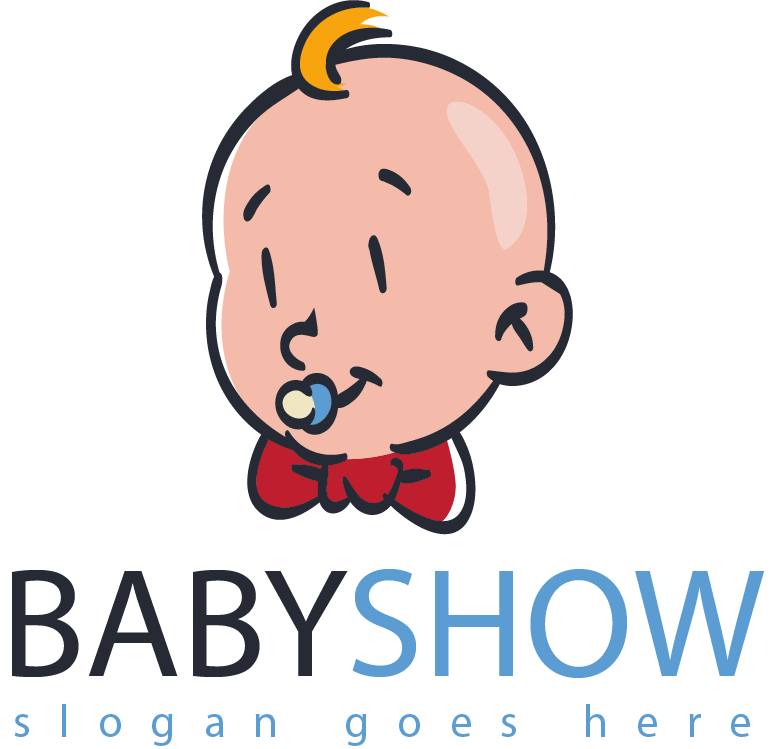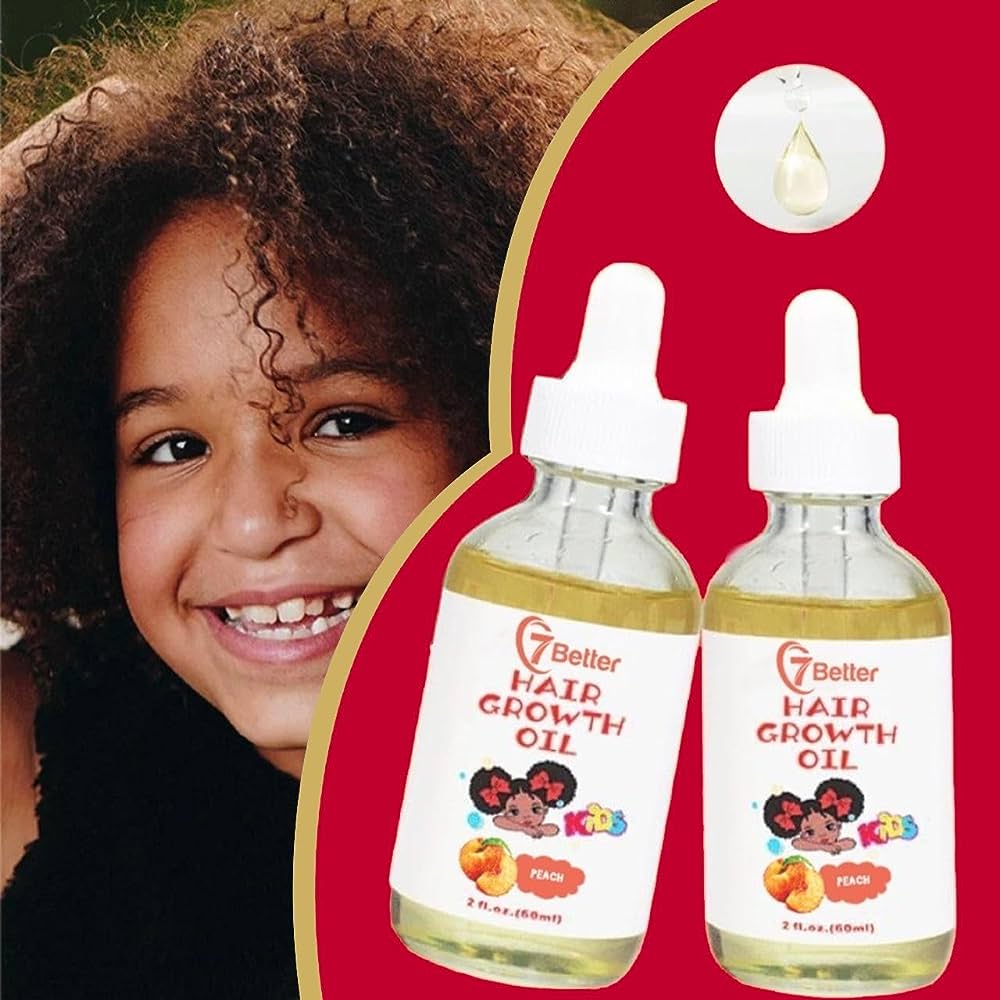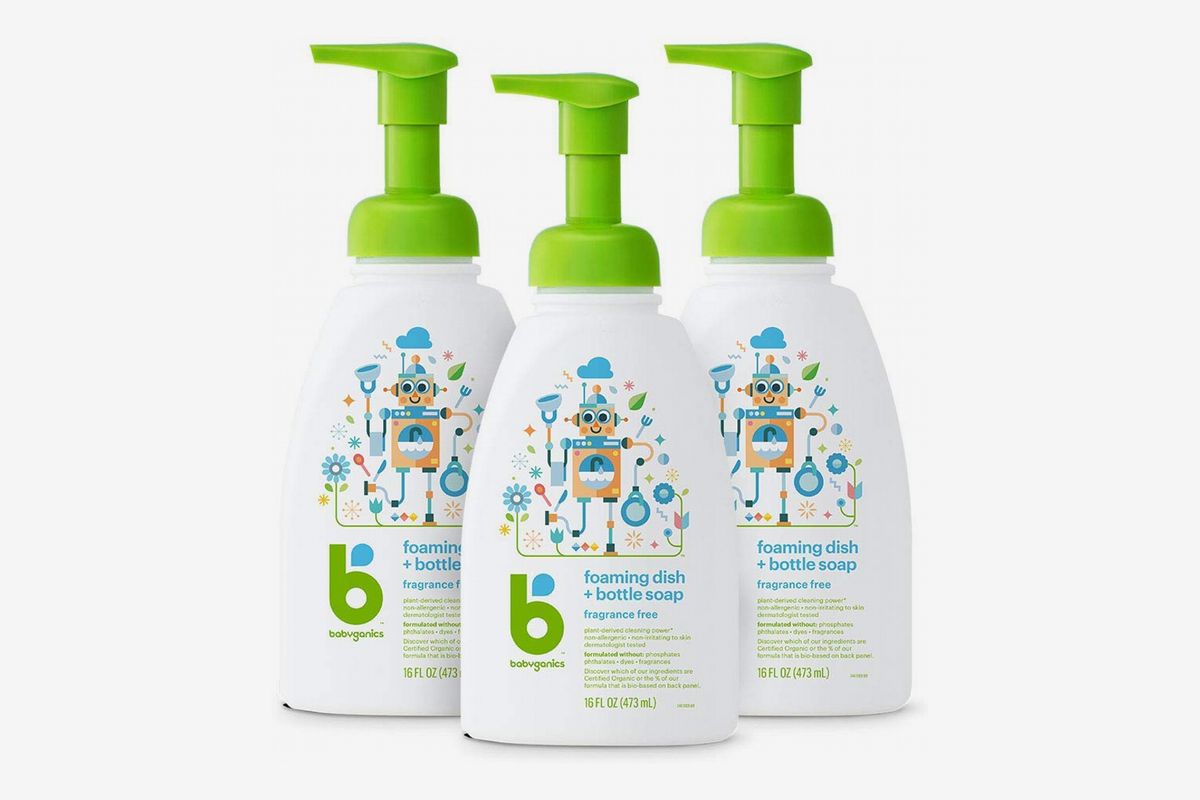Are you in search of the perfect baby hair products to keep your little one’s locks luscious and healthy? Look no further! In this article, we will explore a wide range of gentle and effective hair care products specially designed for your precious bundle of joy. From shampoos and conditioners to detanglers and styling creams, we’ve got all your baby’s hair needs covered. Get ready to discover the secret to tangle-free, shiny, and soft baby hair that will leave you and your little one smiling with delight.
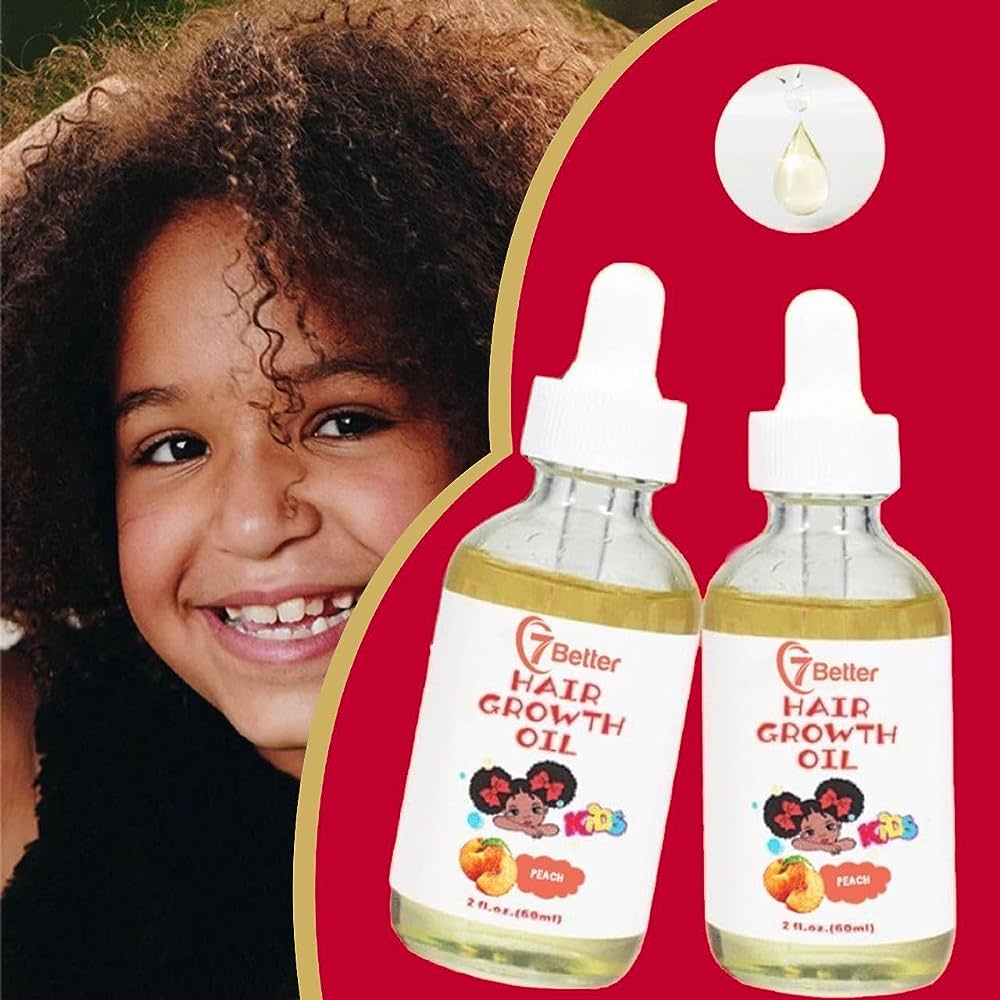
Understanding Baby Hair
Hair Growth in Babies
Baby hair growth is a fascinating process that varies from child to child. It typically begins around the third trimester of pregnancy, with soft, fine hairs appearing on the baby’s scalp. These initial hairs, often referred to as lanugo, are usually shed before birth. After delivery, a baby’s hair enters the anagen phase, which is the active growth phase.
During the anagen phase, baby hair grows at the rate of about half an inch per month. However, it’s important to note that every baby is unique, and hair growth patterns can vary. Some babies may have a full head of hair at birth, while others may take a few months to develop noticeable hair.
Characteristics of Baby Hair
Baby hair has its own distinct characteristics that make it different from adult hair. It is usually finer and more delicate than mature hair, making it prone to tangling and breakage. The texture and type of baby hair can vary as well, with some babies having straight hair, while others may have curly or wavy locks.
Another aspect to consider is that baby hair often undergoes changes in color and texture as the child grows. The hair color at birth may not necessarily be the same as the final color that develops later on. It’s also common for baby hair to be softer and less coarse than adult hair due to the absence of exposure to environmental factors.
Special Care for Baby Hair
Given the unique characteristics of baby hair, it is essential to provide special care to keep it healthy and promote optimal growth. Proper grooming and the use of appropriate baby hair products can make a significant difference in maintaining the health and appearance of your little one’s hair.
When caring for baby hair, remember to be gentle and avoid harsh manipulation or brushing. Use soft bristle brushes or wide-toothed combs specifically designed for babies. Regularly washing, conditioning, and moisturizing the hair will help keep it clean, hydrated, and manageable.
Choosing the Right Baby Hair Products
Importance of Safe and Natural Ingredients
Choosing the right baby hair products is crucial to maintain the health and well-being of your child’s delicate scalp and hair. Opting for products that are free of harmful chemicals, artificial fragrances, and synthetic additives is highly recommended.
Look for gentle baby shampoos and conditioners that contain natural ingredients such as chamomile, calendula, and aloe vera. These ingredients are known for their soothing properties and can help prevent irritation or dryness of the scalp.
Considerations for Sensitive Scalps
Babies often have sensitive scalps, which can be easily irritated by harsh ingredients or improper hair care practices. If your little one has a sensitive scalp, it’s necessary to choose products that are specifically formulated for sensitive skin types.
Hypoallergenic and dermatologist-tested baby hair products are designed to minimize the risk of allergic reactions or scalp irritation. These products are usually free of known irritants such as sulfates, parabens, and artificial dyes.
Avoiding Harsh Chemicals and Fragrances
Harsh chemicals and artificial fragrances can be detrimental to the health of your baby’s hair and scalp. Chemicals such as sulfates, which are commonly found in many shampoos, can strip the hair of its natural oils, leading to dryness and damage.
Likewise, strong artificial fragrances can cause skin irritation and allergic reactions in babies with sensitive skin. It’s best to opt for fragrance-free or naturally scented baby hair products to minimize the risk of adverse reactions.
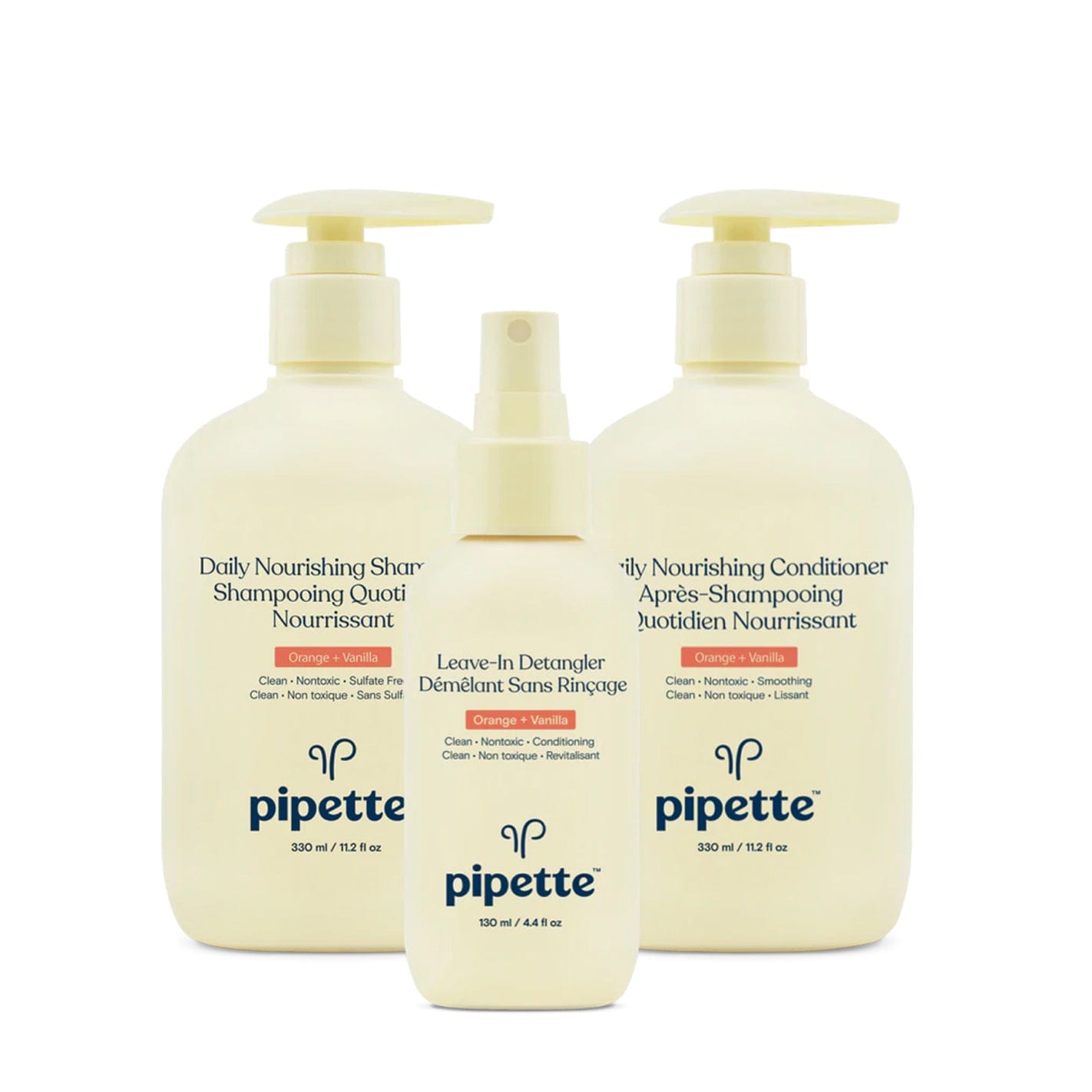
Essential Baby Hair Products
Gentle Shampoo
A gentle shampoo is a must-have product for washing your baby’s hair. Look for options specifically formulated for babies, as they tend to be milder and less likely to cause scalp irritation.
To use the shampoo, wet your baby’s hair with warm water and apply a small amount of shampoo onto your hand. Gently massage the shampoo into your baby’s scalp, being careful not to rub too vigorously. Rinse thoroughly with warm water, making sure to remove all traces of shampoo.
Moisturizing Conditioner
Using a moisturizing conditioner can help keep your baby’s hair hydrated, soft, and more manageable. Choose a conditioner that is lightweight and specifically designed for delicate baby hair.
After shampooing, apply a small amount of conditioner to your baby’s hair, focusing on the mid-lengths and ends. Gently comb through the hair with a wide-toothed comb to distribute the conditioner evenly. Allow the conditioner to sit for a few minutes, then rinse thoroughly with warm water.
Detangling Comb or Brush
A detangling comb or brush is an essential tool for managing baby hair, especially if your little one has curly or easily tangled hair. Look for a comb or brush that is specifically designed for babies, with soft and flexible bristles.
When detangling your baby’s hair, start from the ends and work your way up towards the roots, using gentle strokes. Be patient and avoid pulling or tugging on the hair to minimize breakage and discomfort.
Baby Hair Care Routine
Frequency of Washing
The frequency of washing your baby’s hair depends on individual needs and preferences. Some babies may require daily washing, while others may be fine with less frequent hair washes. Aim to strike a balance between keeping the hair clean and preventing it from drying out.
If your baby has a sensitive scalp or a tendency towards dryness, it may be best to wash their hair every two to three days. On the other hand, if your baby’s hair tends to get greasy quickly, more frequent washings may be necessary.
Proper Washing Technique
To wash your baby’s hair properly, start by wetting it thoroughly with warm water. Apply a small amount of baby shampoo to your hand and gently massage it into the scalp using circular motions. Be careful not to get shampoo into your baby’s eyes.
After thoroughly rinsing the shampoo from the hair, follow up with a moisturizing conditioner if desired. Always make sure to rinse the conditioner out completely to avoid any residue that may weigh down the hair.
Conditioning and Detangling
Conditioning your baby’s hair is an important step in maintaining its health and manageability. After shampooing, apply a small amount of baby conditioner to the hair, focusing on the ends and mid-lengths. Gently comb through the hair with a wide-toothed comb to distribute the conditioner evenly.
Allow the conditioner to sit for a few minutes before rinsing it out thoroughly. Once the hair is free of conditioner, gently detangle it using a comb or brush specifically designed for babies.

Tips for Managing Baby Hair
Preventing Tangles and Knots
Tangles and knots are a common challenge when it comes to managing baby hair. To prevent tangles, avoid letting the hair become too dry, as dryness can lead to increased friction and tangling.
Regular conditioning and moisturizing can help keep the hair hydrated and minimize tangles. Additionally, combing the hair gently with wide-toothed combs can help prevent knots from forming.
Styling Ideas for Baby Hair
While baby hair may not require elaborate styling, there are fun and easy ways to keep it looking cute and tidy. Try gentle hairstyles such as a baby ponytail or a soft headband to keep the hair out of your baby’s face.
If your baby has longer hair, you can experiment with gentle braids or simple twists. Remember to use soft and baby-friendly accessories to avoid causing any discomfort or damage to the hair.
Using Hair Accessories Safely
When using hair accessories for babies, safety should be the top priority. Avoid accessories with small parts that could pose a choking hazard. Opt for soft and flexible headbands or clips that won’t pull or tug on the hair.
Always supervise your baby when they are wearing hair accessories, and remove them when your baby is sleeping or unsupervised. Additionally, regularly inspect the accessories for any signs of wear or damage, and replace them if necessary.
Dealing with Common Hair Issues
Cradle Cap Remedies
Cradle cap is a common scalp condition in infants, characterized by dry, flaky skin. To remedy cradle cap, gently massage the affected areas with a mild baby oil or natural oil such as coconut oil or almond oil.
Allow the oil to sit on the scalp for a few minutes to loosen the flakes, then gently brush the scalp with a soft brush or comb to remove the loosened flakes. Repeat this process regularly until the cradle cap clears up.
Dry Hair and Scalp Solutions
Babies can experience dryness of the hair and scalp, which can lead to itchiness and discomfort. Regular moisturizing and conditioning can help alleviate dryness and maintain the natural moisture balance of the hair and scalp.
In addition to using baby-friendly moisturizing products, you can also try applying small amounts of natural oils such as jojoba oil or shea butter to the hair and scalp. These oils can help lock in moisture and provide nourishment to the hair.
Treating Baby Hair Loss
It is normal for babies to experience some hair loss in their first months of life. This is often referred to as “shedding” and is a result of the hormonal changes that occur after birth. The hair loss usually resolves on its own without any intervention.
It’s important to note that excessive hair loss or bald patches could be a sign of an underlying health issue, such as a fungal infection or a nutritional deficiency. If you have concerns about your baby’s hair loss, it’s best to consult with your pediatrician or dermatologist for a proper evaluation and guidance.
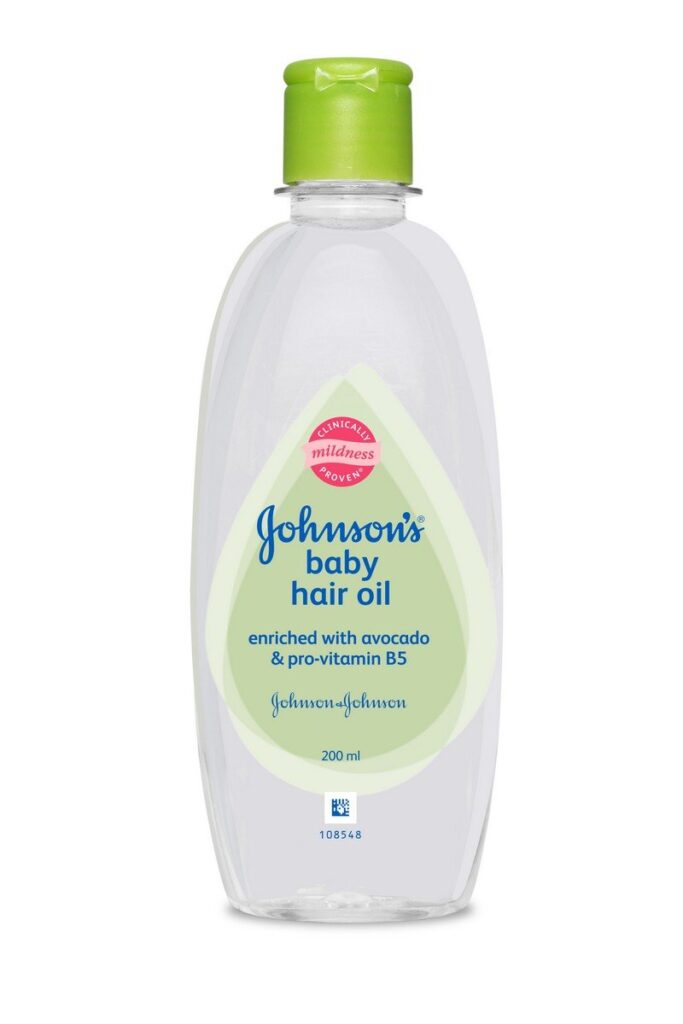
DIY Baby Hair Products
Homemade Shampoo Recipes
If you prefer to use homemade hair products for your baby, there are simple and natural shampoo recipes you can try. One option is to mix equal parts of liquid castile soap and water, then add a few drops of essential oil for a pleasant fragrance.
Another recipe involves blending equal parts of liquid aloe vera and coconut milk. This mixture can be used as a gentle shampoo for your baby’s hair.
Natural Conditioner Options
When it comes to natural conditioners, you can try using diluted apple cider vinegar as a rinse after shampooing. Mix one part apple cider vinegar with three parts water, and gently pour it over your baby’s hair after shampooing. Rinse thoroughly with water to remove any vinegar smell.
Another natural conditioner option is to mix a small amount of coconut or olive oil with water in a spray bottle. Spritz this mixture onto your baby’s hair as a leave-in conditioner, focusing on the ends.
Simple Hair Care Treatments
For a simple and effective hair care treatment, try massaging a small amount of pure aloe vera gel onto your baby’s scalp. Aloe vera has moisturizing and soothing properties, which can help alleviate dryness and itchiness.
You can also make a nourishing hair mask by mashing a ripe banana and adding a teaspoon of honey or olive oil. Apply the mixture to your baby’s hair and scalp, allow it to sit for 15-20 minutes, then rinse thoroughly with warm water.
Safety Precautions
Avoiding Allergens and Irritants
To ensure the safety of your baby’s hair, it’s important to avoid known allergens and irritants. Carefully read the ingredient labels of any hair products you use and steer clear of ingredients that your baby may be sensitive or allergic to.
Common allergens and irritants in baby hair products include sulfates, fragrances, dyes, and certain preservatives. If you notice any signs of scalp irritation or allergic reactions such as redness, itchiness, or rashes, discontinue use of the product and consult with your pediatrician or dermatologist.
Spotting Signs of an Allergic Reaction
Babies can develop allergic reactions to certain hair products, even if they have been used without issue in the past. It’s important to be vigilant and monitor for any signs of an allergic reaction.
Common signs of an allergic reaction to hair products include redness, swelling, itching, rashes, or hives on the scalp or other areas of the body. If you notice any of these symptoms after using a particular hair product, discontinue use immediately and seek medical advice.
Patch Testing New Products
When introducing a new hair product to your baby’s routine, it’s a good idea to perform a patch test first. Apply a small amount of the product to a small area of the scalp or skin and leave it on for 24 hours.
If there are no signs of irritation or allergic reaction after the patch test period, it is generally safe to proceed with using the product. However, if any redness, swelling, or other signs of irritation occur, avoid using the product and consult with a healthcare professional.

Consulting with Pediatricians or Dermatologists
Professional Advice for Baby Hair Care
While this article provides guidelines and tips for baby hair care, it is important to consult with healthcare professionals such as pediatricians or dermatologists for personalized advice.
Professional advice can be especially helpful if your baby has specific hair concerns, such as severe dryness, persistent cradle cap, or unusual hair loss. They can evaluate your baby’s individual needs and recommend appropriate treatment options or further investigations if necessary.
Addressing Specific Concerns
Pediatricians and dermatologists are well-equipped to address specific concerns related to your baby’s hair. If you have questions about hair growth milestones, scalp conditions, or hair loss, they can provide valuable insights and guidance.
It is also important to seek professional advice if your baby’s hair issues are accompanied by other symptoms, such as persistent itching, skin inflammation, or changes in overall health. Your healthcare provider can assess the situation comprehensively and recommend appropriate interventions or referrals if needed.
Guidance for Special Hair Conditions
In some cases, babies may have special hair conditions that require specific attention and management. For instance, infants with eczema may require specialized hair care products to avoid triggering flare-ups.
If your baby has a special hair condition, it is essential to work closely with your healthcare provider to develop an appropriate hair care routine. They can provide you with tailored recommendations and offer support in managing your baby’s unique hair needs.
Conclusion
Understanding and taking care of your baby’s hair is an essential aspect of their overall well-being. By choosing the right baby hair products, adopting a gentle hair care routine, and being mindful of your baby’s individual needs, you can help keep their hair healthy, soft, and manageable.
Remember to prioritize safety by avoiding harsh chemicals and allergens, and always consult with healthcare professionals if you have specific concerns or questions about your baby’s hair. With proper care and attention, you can nurture your little one’s hair from their earliest days and create a positive foundation for their ongoing hair health.
